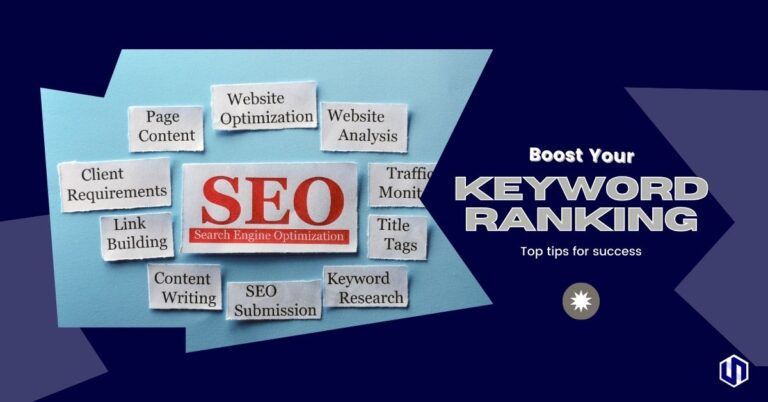
A Beginner’s Guide to Conversion Rates in Digital Marketing
It’s a simple concept but holds incredible power in determining the success of your efforts. Understanding and improving conversion rates can turn casual visitors into loyal customers and help your business grow without blowing up your budget.




